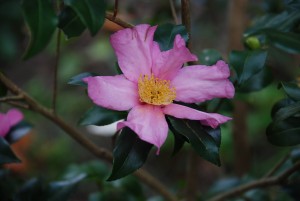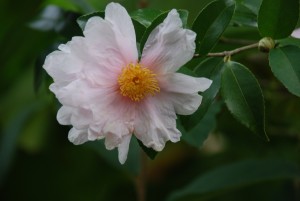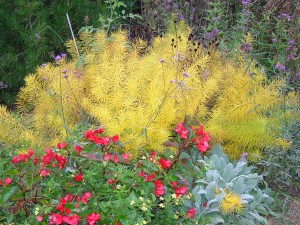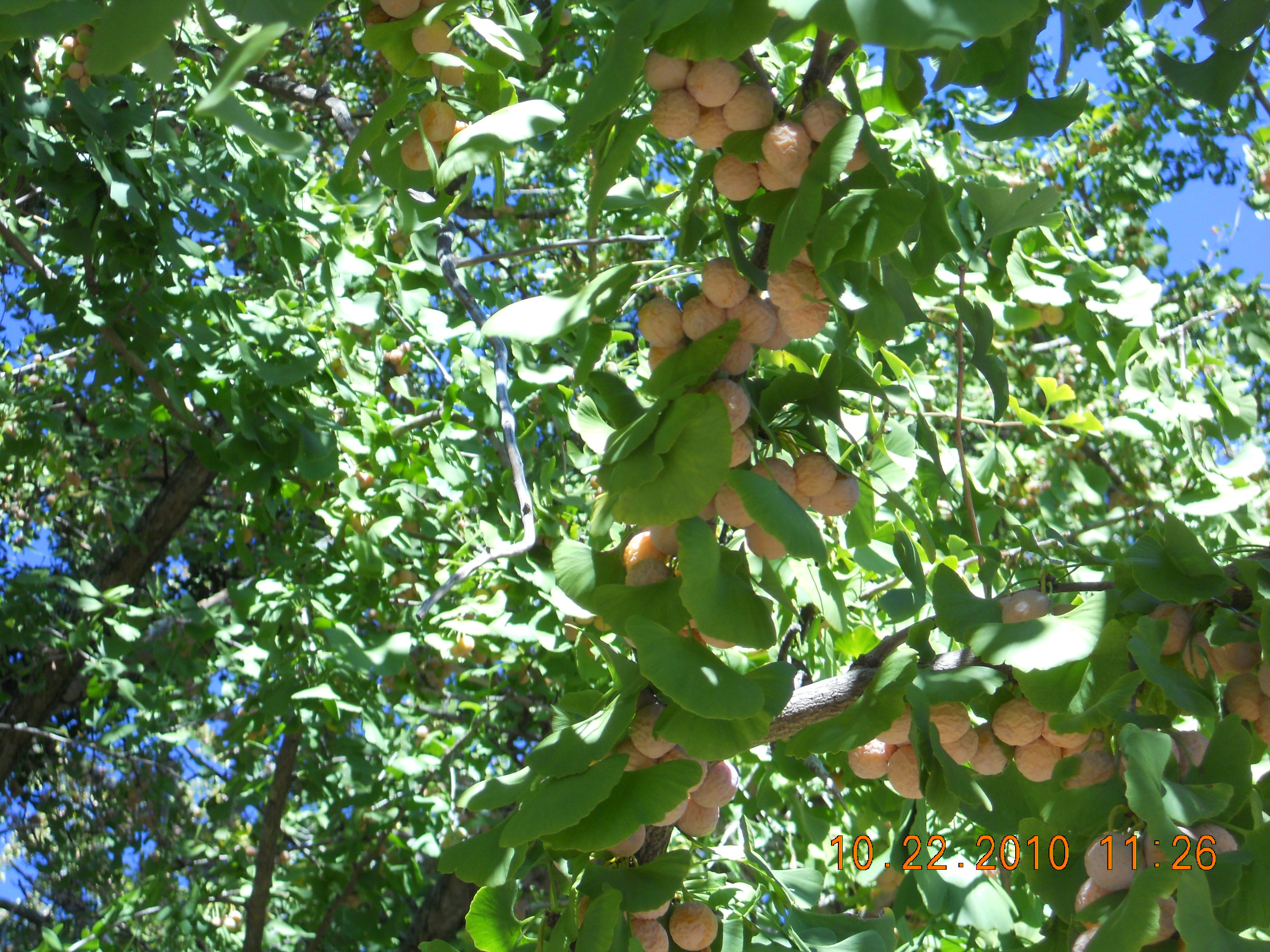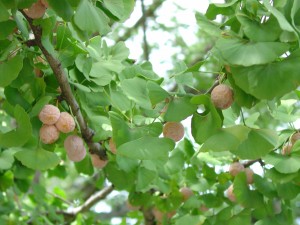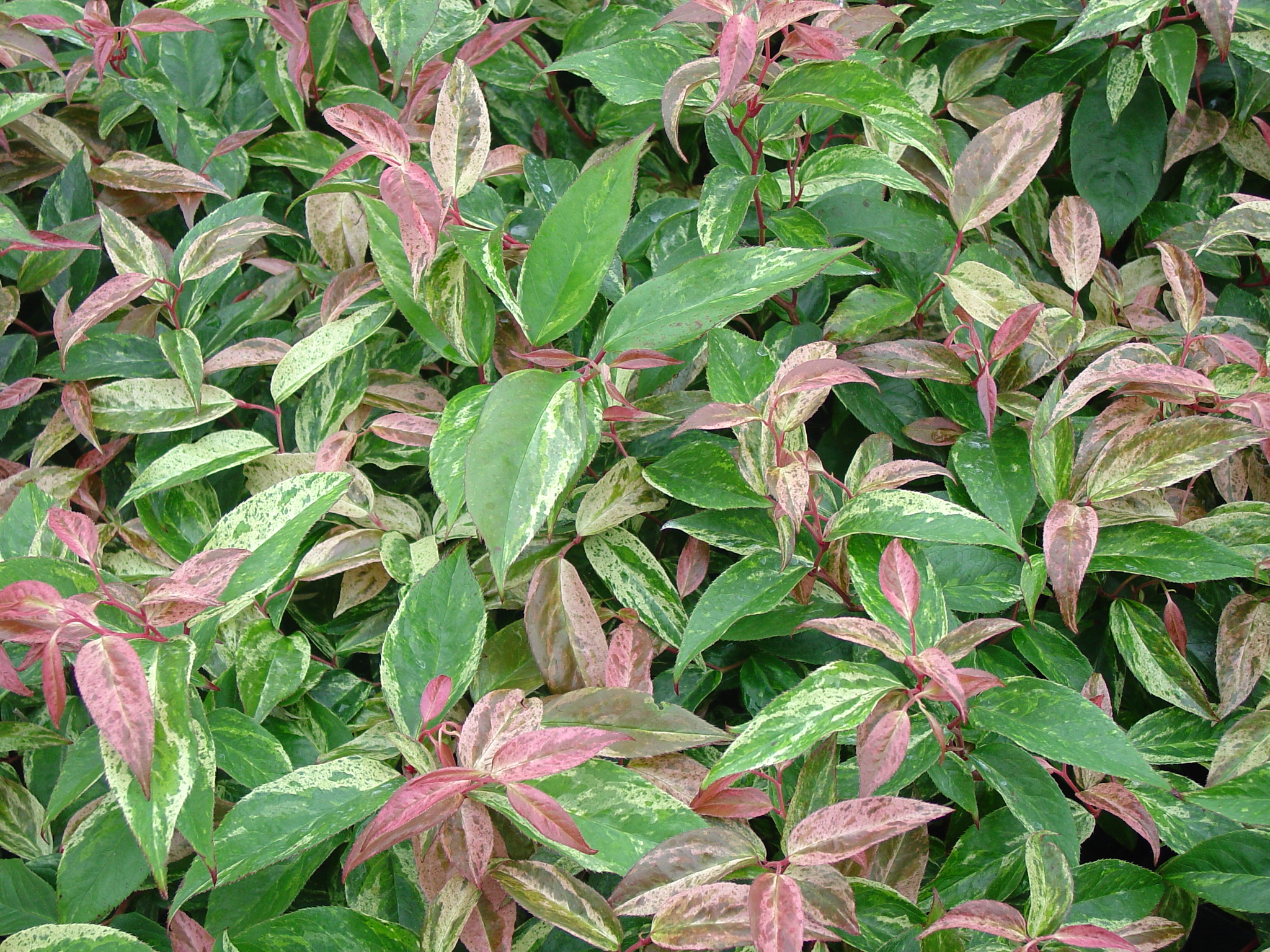
Drooping doghobble or fetterbush (Leucothoe fontanesiana) is native to woodland areas in the Southern Appalachian region (USDA zones 6 and 7). Doghobble is a tall ground cover, averaging 3 – 4 feet in height. The long gently arching evergreen branches display a rambling nature, best reined in with hand pruning as needed.
White fragrant flowers, mostly hidden beneath the foliage, lightly scents the May garden for 2-3 weeks. From late fall into winter, individual branches may bronze and, in extreme cases, turn deep purple. By spring most branches have regained their lustrous dark green color.
Doghobble grows alongside rhododendrons, pieris, azaleas and hollies, all which prefer acidic, well-drained, and organically rich soil. It displays only moderate heat and drought tolerances and should be irrigated when seasonal moisture levels fall below normal. Too frequent irrigation may also trigger the onset of foliar diseases.
Doghobble is dominant under dappled or partial shade and grows sparingly under deep shade. Doghobble is a good choice planted under large shade trees, areas previously set with low, ground hugging junipers or perennial ground covers. Over the years the shade trees cast more shade, and the sun-loving perennials and junipers thinned or died out.

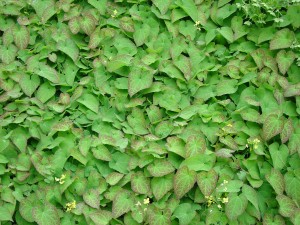
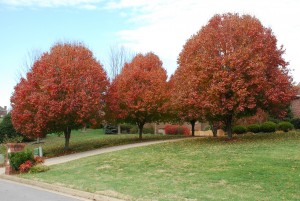
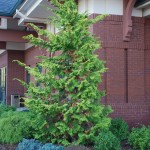
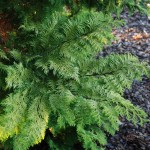
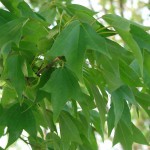
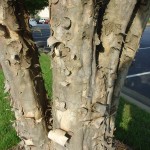

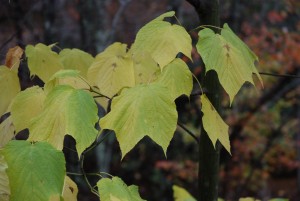
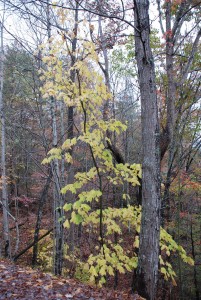
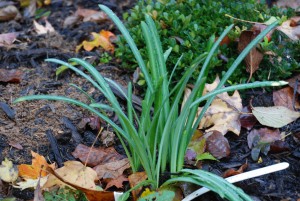
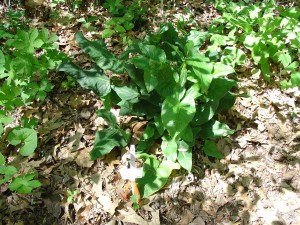
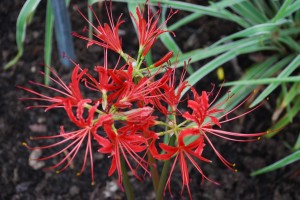 Halfway through the autumn season, new plants have come to life, while most are retiring for a long winter’s nap (dormancy). About 4-5 weeks back, the leafy growth (vegetative) stage of the surprise lily (Lycoris radiata), also called “resurrection lily or “naked ladies”, appeared (left and center photos). When last seen in late July and August, brightly colored stalks of lycoris flowers had popped through with no leaves present. The floral stalks have since withered and disappeared.
Halfway through the autumn season, new plants have come to life, while most are retiring for a long winter’s nap (dormancy). About 4-5 weeks back, the leafy growth (vegetative) stage of the surprise lily (Lycoris radiata), also called “resurrection lily or “naked ladies”, appeared (left and center photos). When last seen in late July and August, brightly colored stalks of lycoris flowers had popped through with no leaves present. The floral stalks have since withered and disappeared. 